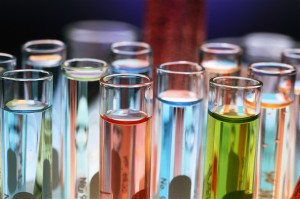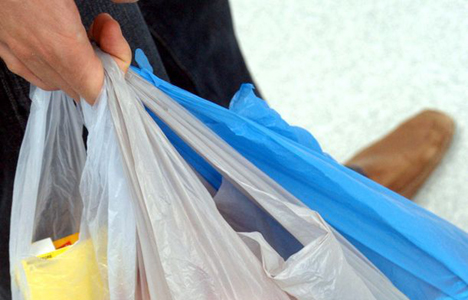Class in session: Pesticides 101
Today at the New Hampshire Statehouse, a committee is discussing the health effects of children’s exposure to pesticides. Planned Parenthood of Northern New England is a part of the conversation, urging legislators and opinion leaders to stop using pesticides at public play spaces such as school play grounds, and to use safer alternatives. Let’s take a minute to answer some questions (pay attention, there might be a quiz):
What exactly are pesticides?
Pesticides are used to control or kill weeds, bacteria, rodents, fleas and ticks, mosquitoes, and other insects or pests. They are made up of more than 1,000 active chemical ingredients and come in different forms: liquids, aerosols, baits, powders, concentrates, and fumigants.
Who makes sure pesticides are safe?
The Environmental Protection Agency (EPA) is responsible for regulating pesticide use, but their regulations have weaknesses that allow hazardous chemical s on the market. These exposures are often sufficient enough to cause illness.
s on the market. These exposures are often sufficient enough to cause illness.
How do I become exposed to pesticides?
You can encounter pesticides in your everyday activities: residue in water, food, dust, homes, schools, commercial buildings, parks, and other recreation areas. Chemicals may be eaten, inhaled, or absorbed through the skin. You can also be exposed at work especially if you are an agriculture worker (farmer), landscaper, exterminator, or livestock breeder. (more…)


 The more we learn about the 80,000-100,000 unregulated chemicals out there, the more we realize how dangerous some are to our health. There is growing evidence linking chemical exposure to
The more we learn about the 80,000-100,000 unregulated chemicals out there, the more we realize how dangerous some are to our health. There is growing evidence linking chemical exposure to  After my recent break-up with my long term boyfriend, I decided that instead of feeling bad for myself I would reflect on the things I was thankful for. Number one: I didn’t get that tattoo of a heart with his name in it.
After my recent break-up with my long term boyfriend, I decided that instead of feeling bad for myself I would reflect on the things I was thankful for. Number one: I didn’t get that tattoo of a heart with his name in it.

